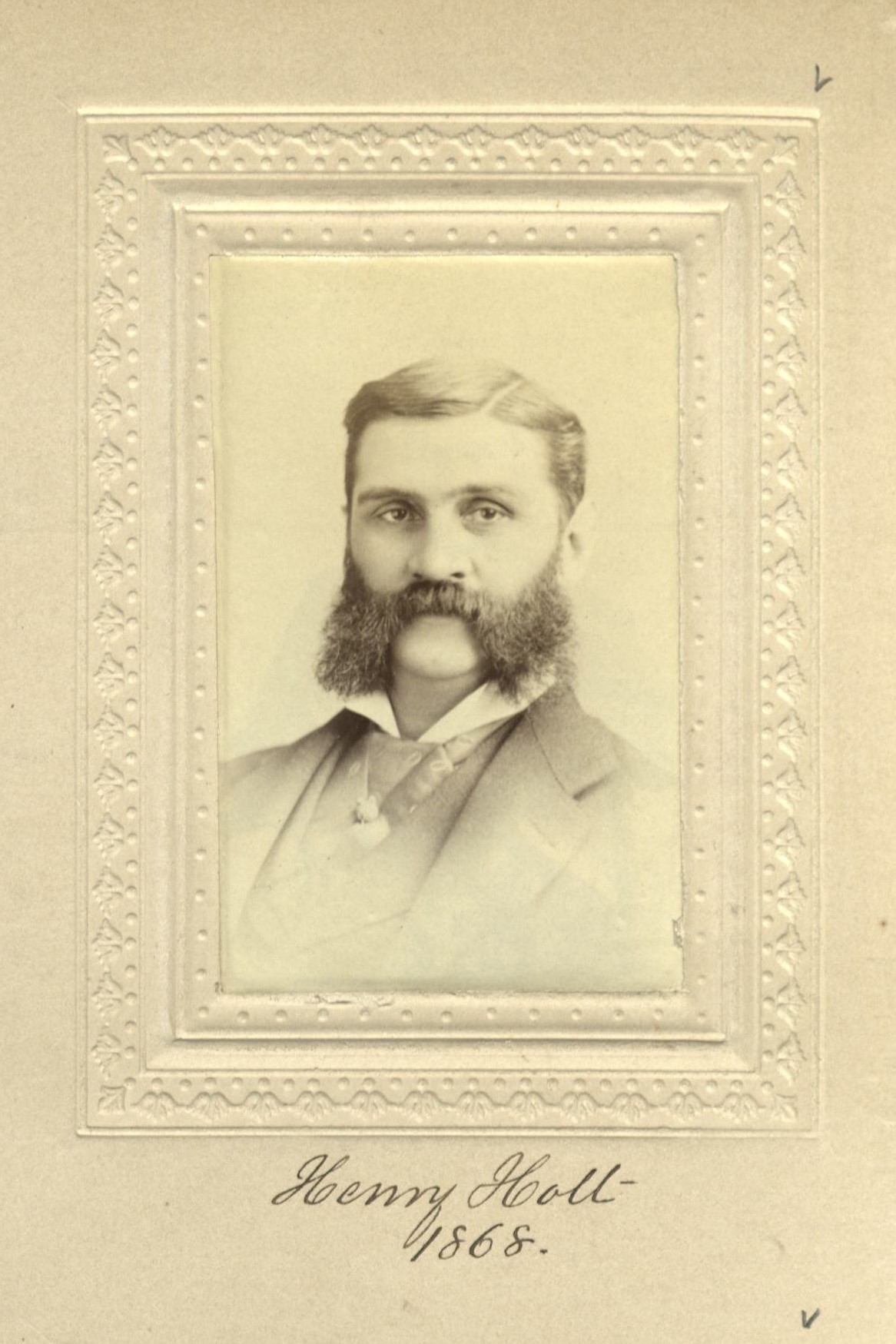Member Directory,
1847 - 1922
Joseph Lindon Smith
Artist
Centurion, 1906–1950
Daniel Chester French and Henry Holt
Pawtucket, Rhode Island
Dublin, New Hampshire
Age forty-two
Dublin, New Hampshire

Century Memorial
Joe Smith belonged to that small and happy category of painters and draughtsmen—the painter-archeologists. It may be that with his death this rare and peculiar species of artist becomes extinct; for to our hurried generation the representation of ancient art by camera is good enough for study, or if our interest is vivid we speed through the air overnight, and meet the crusty monuments face to face. But Joseph Lindon Smith, and Catherwood, and Piranesi achieved a grandeur and completeness of expression in their renderings of the beauties of the antique world, which escapes the camera and which mechanical devices cannot supersede.
Smith was a master draughtsman, and a master of surface rendering. His outline has an authority that none can question, and the time-worn surfaces are painted with such happy skill, that for the moment we are not sure if the image be real or simulated. More spectators than one have slyly touched the canvases to make certain of their substance. This so-called “cheating of the eye” is among the humbler skills in art, but it gives the spectator, whether artist or layman, the start of surprise and pleasure which the genuine work of art is supposed to induce. It is one of Smith’s fine qualities that this uncanny reality is achieved, not by slavish copy of the stone or marble, but by deft selection of its important aspects, so that we see the image fresh, as we do looking at the original, before examining its every detail.
Smith was a world traveller, and his curiosity and the subject matter of his painting took him far afield: to Copan in the Maya country, to rosy Petra in Arabia, to Japan and to Ankor Wat; but his major work was done in Egypt, and upon it his reputation rests.
On his first trip to the Nile, Joe was at the rock temple of Abu Simbel above the first cataract. One afternoon he was finishing a study of the magnificent façade of the temple, when from a sand bank off to one side he saw a little old lady clambering up to where he sat. As she approached he heard her say, “Why, there’s a painter.” She seemed out of breath, fatigued, and Joe got up and offered her his camp chair. She asked his name and what he was painting, told him he was a very fortunate young man to be there, and asked if he had any more paintings. He said he had some down in his tent; and she said, “May I see them—now?” He showed them to her, and she asked if the pictures were for sale. He, thinking her just a crackpot, said, “Sure, there’s a sucker born every minute.” She said she would be the sucker and take them all.
She asked him to come to dinner on her boat and to bring his bill. No price had been mentioned, nor did she tell him her name. After dinner, the old lady asked for the bill and wrote out a check, which Joe took, but was too excited to examine; not till he got back to his tent did he find out the name of his first customer for Egyptian work: Mrs. Phoebe Hearst.
Later in Cairo, Mrs. Hearst bought more of Joe’s pictures; and she invited him to meet, at dinner, a very distinguished American archaeologist who was excavating for her. This was Dr. George Reisner; and he, after seeing the pictures, decided that this young painter must continue to work in Egypt, and that all he accomplished in the future should go to the Boston Art Museum, where he, Reisner, was the curator of the Egyptian department.
Thus was Joe’s happy destiny determined.
In the spring of 1950, Smith rounded out in Egypt fifty winters of happy and productive painting; painting commissioned by the Boston Museum and by patrons public and private. The last three years were full of fresh interest, for the Egyptian government, recognizing the value of his work, requested him to found a school in Cairo where Egyptian students might learn the Smith-technique of archeological painting.
To some, archeology is a drab and dusty business; but not to Joe Smith. He found in it a glorious and diverting life. He loved fun, and he made fun wherever he went, overlaying the profounder sides of his nature with a protective coloring of gay and waggish humor. Joe was a famous teller of stories, narratives so humorous in detail and action that it was an orgy of mirth to hear them, and which no rash imitator could reproduce. He was also an actor by nature, and a born producer of pageants, and had equal success in impersonating the clown in the local horse-show, in producing the “Agamemnon” at Harvard or in contriving a brilliant Tiffany ball.
Between the exciting winters on the sands of Egypt, Joe retired to the pines and coolness of Dublin Pond, New Hampshire. There he was the heart and life of a community of delightful friends and neighbors. To young and old in Dublin he was known as “Uncle Joe”; and three generations of all ages have thrilled at his stories, laughed at his pleasing antics, and acted in the half-impromptu plays he gave every summer in the open-air theatre on Loon Point. The plays were pageants crowded with beautiful young women and charming children, to whom actor-Joe was the fantastic comic relief.
Joe’s personal appearance remained unchanged over the years, and age brought no impairment to his charm and energy. He seemed permanent and imperishable. The realization that he was mortal comes to us with consternation and profound regret.
George W. Martin
1951/1952 Century Association Yearbook


